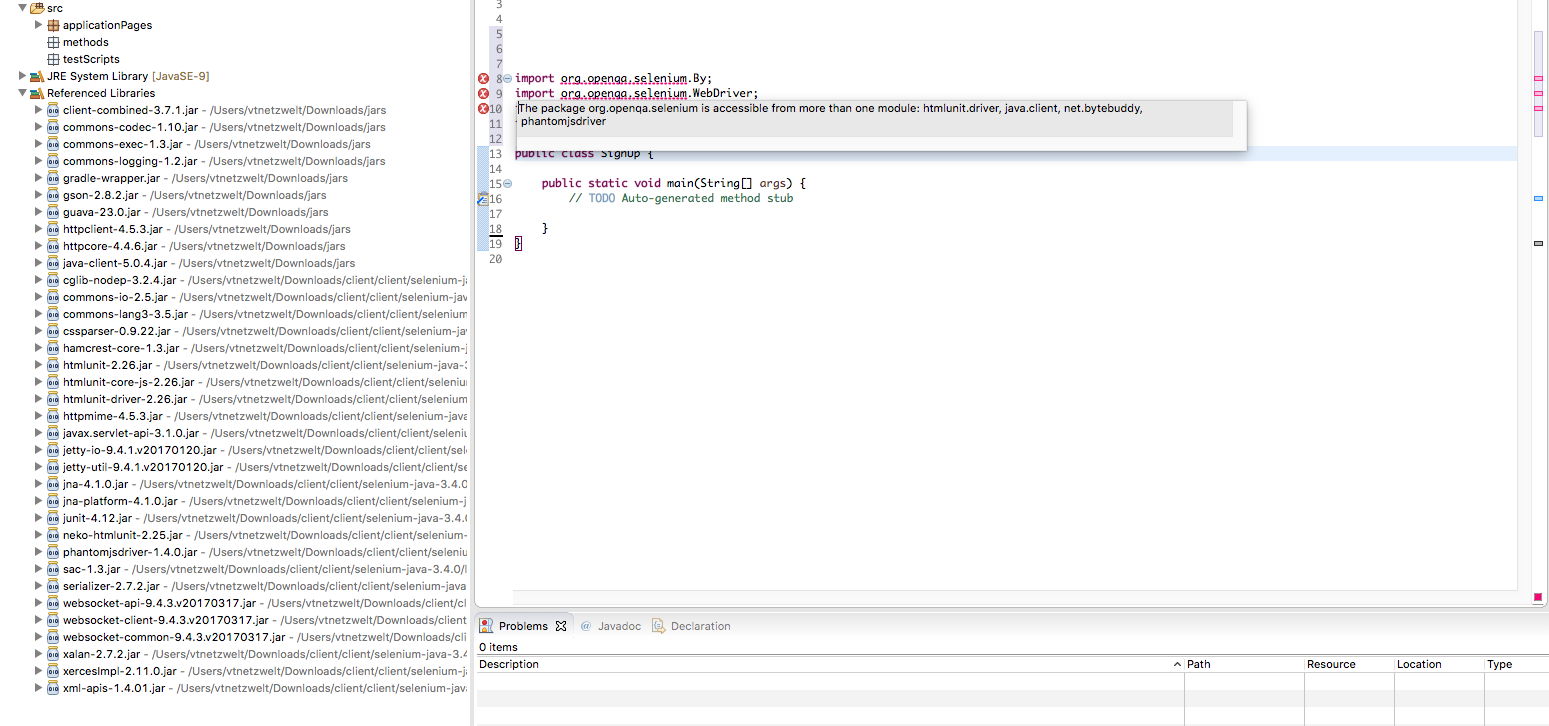

The threat of session hijacking exists due to stateless protocol.
#Java client define session id code#
Cross-site scripting (XSS): Attackers exploit vulnerabilities within servers or applications to inject client-side Java scripts into the users’ web pages, causing your browser to execute arbitrary code when it loads a compromised page.Here are some of the ways a session can be hijacked: How is a session hijacked?Īttackers have a number of options to hijack a user’s session, depending on the attacker’s position and vector. Although any session can be hacked, it is more common in browser sessions on web applications. In order to hijack a session, the attacker needs to have substantial knowledge of the user’s cookie session. After a user starts a session such as logging into a banking website, an attacker can hijack it. A user in a session can be hijacked by an attacker and lose control of the session altogether, where their personal data can easily be stolen. Session hijacking is as the term suggests. This article will talk about what session hijacking actually is, how it happens, and what can be done to prevent it. That being said, there is a constant threat of session hijacking looming. The start of a session is vital for any communication to occur over the internet. This can be referred to as a user-initiated session. This will remain active until the user ends the communication. In the simplest way possible, a session is defined as the communication of two systems taking place. Every time you log into one of these websites, a session is created. Logging into websites or portals are part of many people’s daily routines. IoT Chip to Cloud Integration Blueprintĭid you know you can automate the management and renewal of every certificate?.IoT Device Identity Lifecycle Management.Moving on with first example in this Session In Java article index.html

In the example given below, we have made use of the getAttribute() and setAttribute() method of the HttpSession interface. public void invalidate(): A session can be invalidated by using this method.public long getLastAccessedTime(): The time when the session was last accessed is returned by this method.public long getCreationTime(): The time when the session was created is returned by this method.public String getId(): The unique session id is returned by this method.In case it is not available or not present, a new session is created which is based upon the Boolean argument specified.

public HttpSession getSession(boolean create): This method gets the session associated with the request.They consist of various methods, some of which are discussed below: Servlets in java provide an interface known as ‘HttpSessionInterface’. Moving on with this article on Session in Java Http Session Interface Another way to implement session tracking is by creating sessions with unique session ids for every user in a java servlet.Not more than 4kb of data can be contained by a single cookie.If cookies are disabled by a user, the web application is unable to make use of them.Only textual information can be kept by them.However, they have multiple disadvantages: Session tracking in servlets can be implemented by a number of methods, cookies being one of them. Hence, the only way to maintain the state of the user is by making use of technologies that implement session tracking.

It is a known fact that HTTP and Web Servers are both stateless. In simpler terms, a session is a state consisting of several requests and response between the client and the server. the client and the server) communicate with each other can be termed as a session. The time interval in which two systems(i.e. So let us get started then, Session In Java Following pointers will be covered in this article, This will introduce you to a topic called as Session In Java and in process brief you on how Session management works in Java.


 0 kommentar(er)
0 kommentar(er)
